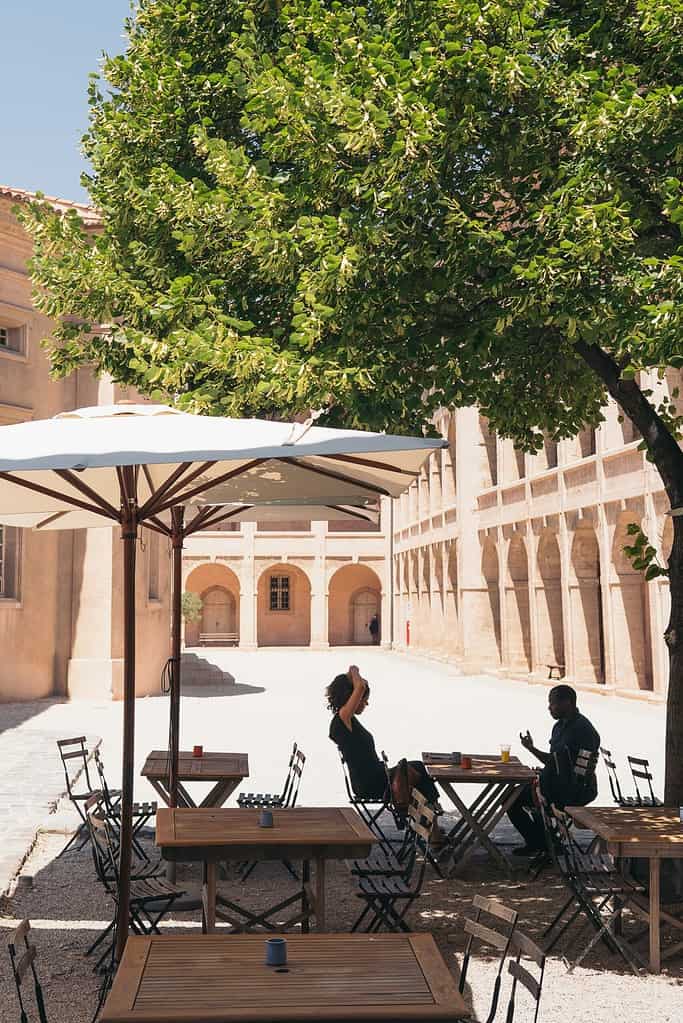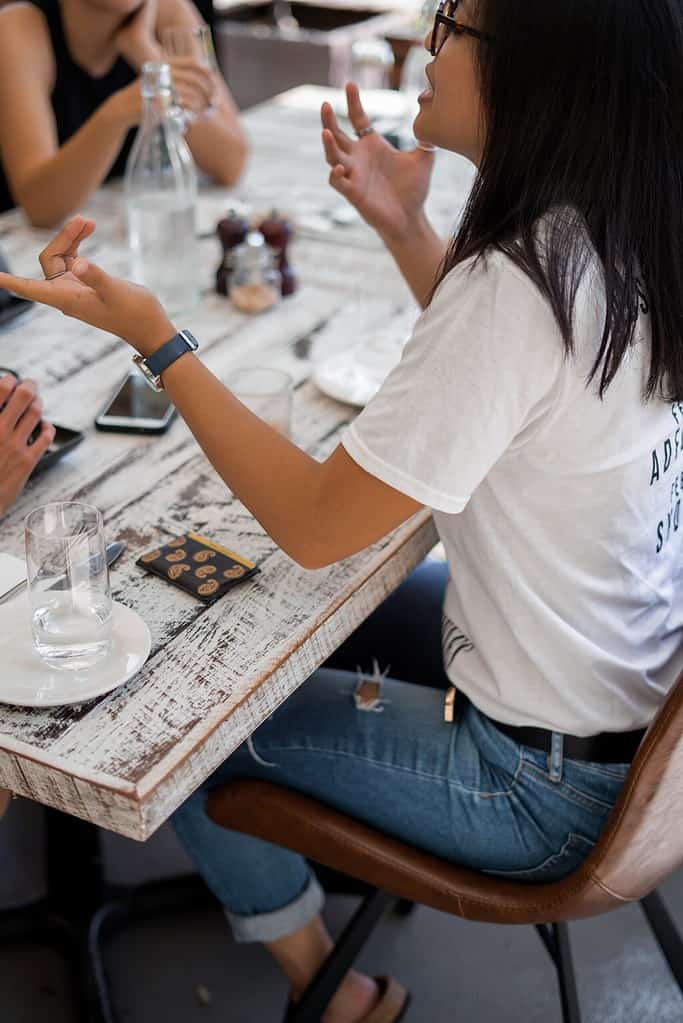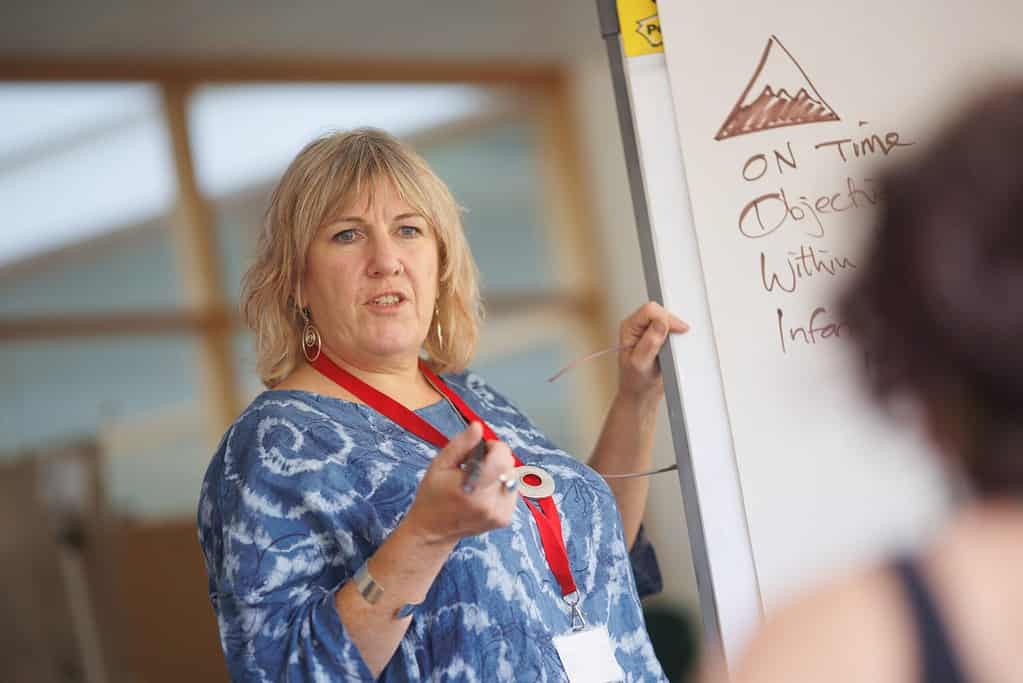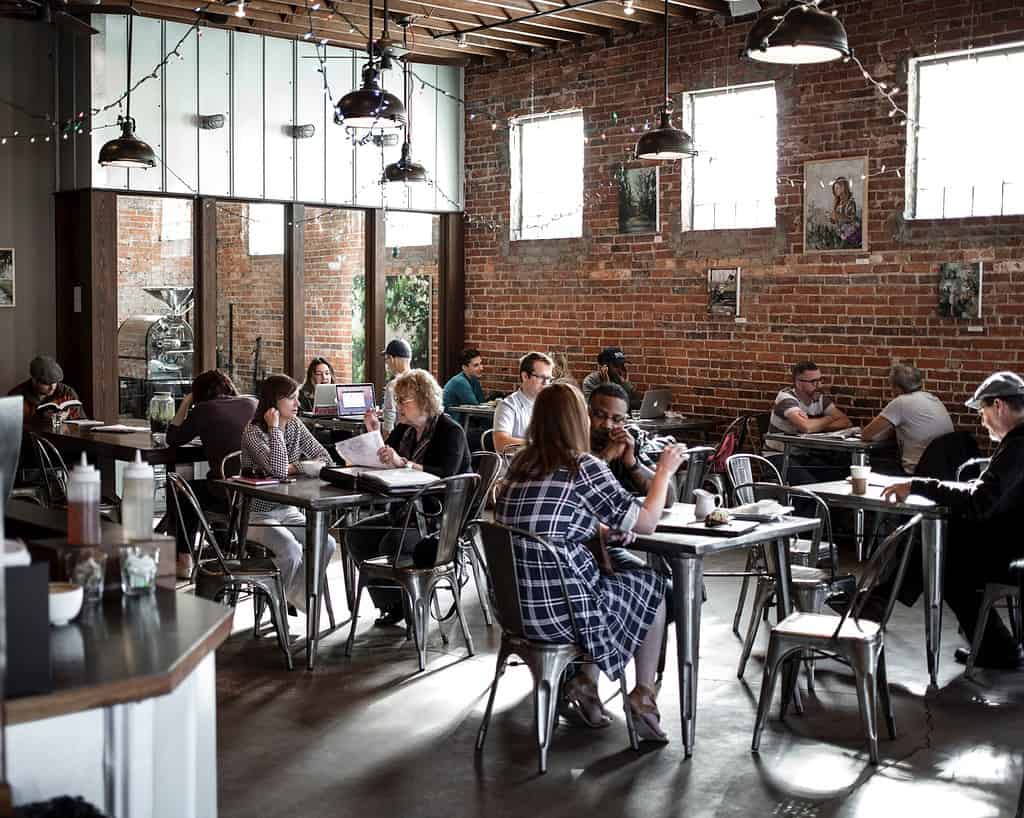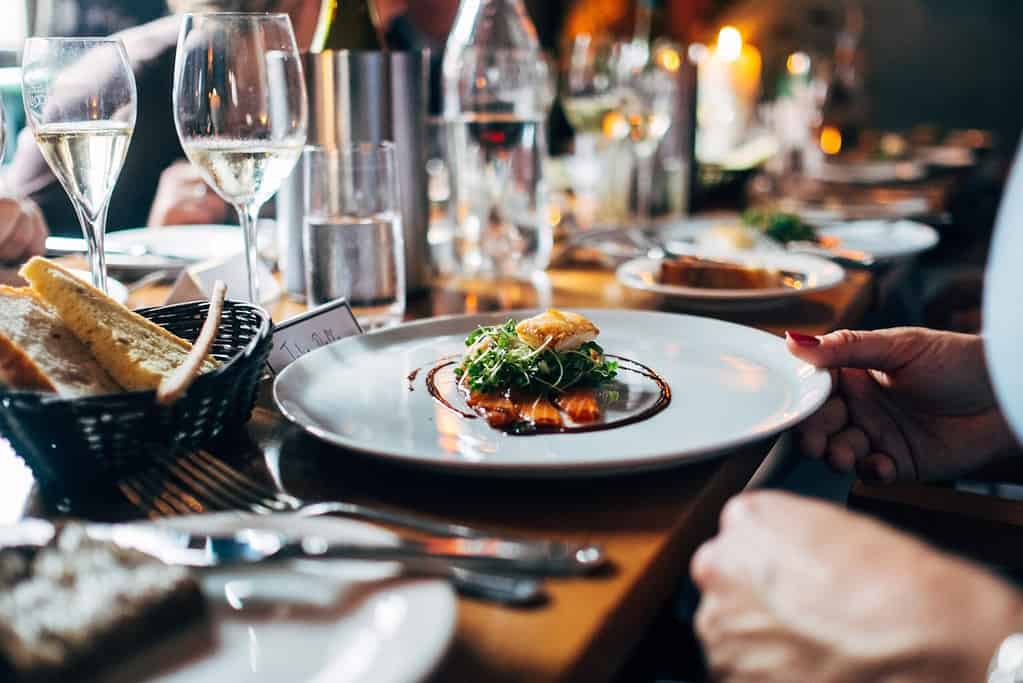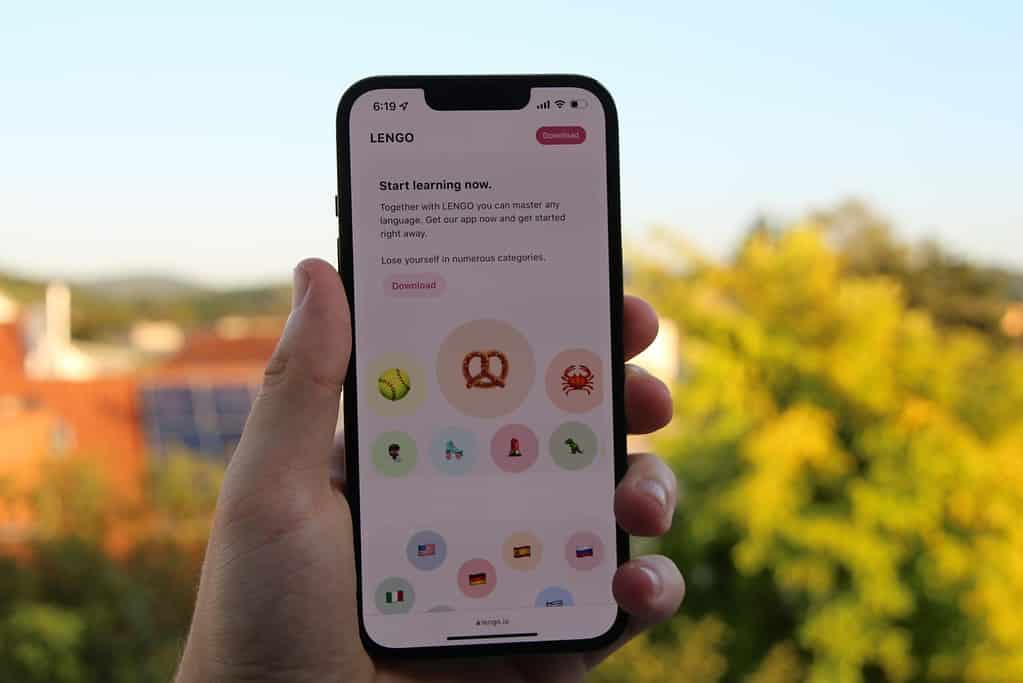Cooking delicious French dishes is not only a treat for your taste buds; it’s also a fantastic way to boost your French language skills. By connecting culinary techniques with sophisticated vocabulary and cultural insights, you can turn meal preparation into an interactive language lesson. At swaplang, we believe that immersing yourself in everyday activities—like chopping vegetables and stirring sauces—helps you quickly gain conversational confidence in French.
The Connection Between Cooking and Language Learning
Imagine preparing a classic French stew or perfecting a delicate soufflé while simultaneously absorbing new words and expressions. Cooking and language learning share the element of practice, attention to detail, and a willingness to learn from mistakes. Just as a recipe guides you step-by-step, language lessons come together progressively. For instance, when learning French, you might start with simple phrases related to food preparation and gradually build up to discussing flavors and techniques like “mijoter” (to simmer) or “sauter” (to fry). Such hands-on experiences can make your language practice feel more natural. Studies from sources like Talkpal’s exploration of culinary techniques reveal that contextual learning—using a real-world activity like cooking—helps learners remember vocabulary longer and understand practical usage. This method allows you to ask for ingredients, give instructions, and even have playful exchanges in French, all while engaging with authentic culinary culture.
Essential French Kitchen Vocabulary
Building a robust vocabulary is like stocking your pantry with the right ingredients. French kitchens are full of unique terms for utensils, ingredients, and methods that not only enrich your vocabulary but also give you insights into the French way of life. Consider words such as “casserole,” “poêle” (frying pan), “battre” (to whisk), and “assaisonner” (to season). Curious minds can further explore these nuanced terms by checking out discussions on the vocabulary of French traditional dishes. Incorporating these words into your daily conversation makes dialogues come alive—for example, explaining why you’re “battre les oeufs” (beating eggs) for a recipe enhances both your lexical range and cultural familiarity. Additionally, linking your study with topics like navigating everyday French bureaucracy can give you a rounded perspective on the use of language in various contexts. Although the contexts differ, the approach of learning vocabulary in situ remains the same.
Easy French Recipes to Start With
What better way to practice your spoken French than to try out some easy recipes that have become the backbone of French cuisine? Consider starting with a timeless favorite like ratatouille. This vegetable medley not only bursts with flavor but also introduces you to a myriad of words related to fresh produce and cooking methods. Alternatively, you might experiment with classic recipes such as crème brûlée or coq au vin—the latter detailed on Wikipedia at Coq au vin. As you follow the recipe instructions, try narrating your actions in French. For example, “Je coupe les légumes” (I’m chopping the vegetables) or “Je fais mijoter la sauce” (I’m letting the sauce simmer). This verbal practice can accelerate your oral proficiency and build the confidence you need for real-life conversation.

Cooking as a Cultural and Language Immersion
Cooking goes far beyond following a recipe—it’s an immersive cultural journey. French cuisine is steeped in tradition and formality, yet it exudes a warmth that invites you to relax, converse, and connect with others. Attending a cooking class or even watching online cooking videos in French can expose you to colloquial expressions and regional slang. This mirrors the real-life experience of engaging in spontaneous conversation, helping you grasp the subtleties of intonation and informal dialogue. A fascinating read on parlez-vous cuisine? illustrates how interactive cooking lessons allow learners to practice speaking French in a context that is both relaxed and culturally rich. The occasional laughter at a mispronounced ingredient name encourages learners to embrace their mistakes—a key ingredient in language mastery. By blending your love for food with language study, you not only learn proper pronunciation and vocabulary but also capture the essence of French culture.
Cooking Resources for French Language Learners
If you’re looking to take your language skills to the next level, there are plenty of cooking resources designed specifically for French language learners. Whether you prefer reading recipe blogs, following cooking shows, or engaging in live language exchange sessions, there is something out there that fits your learning style. Websites like mastering French conversation practice offer interactive tips that combine culinary arts with language learning. Moreover, community platforms provide an avenue to chat about recipes, share experiences, and discover new cooking techniques while practicing your French vocabulary in context. In your journey to master French, you might even combine your culinary experiments with other language-learning methods like podcasts or video games. Experimenting with these varied resources will make your learning process more holistic and enjoyable.
Ready to enhance your spoken French while exploring the delicious world of French cuisine? Dive into the conversation, share your favorite recipes, and get real-time feedback by signing up for a session at swaplang. Bon appétit and happy learning!




